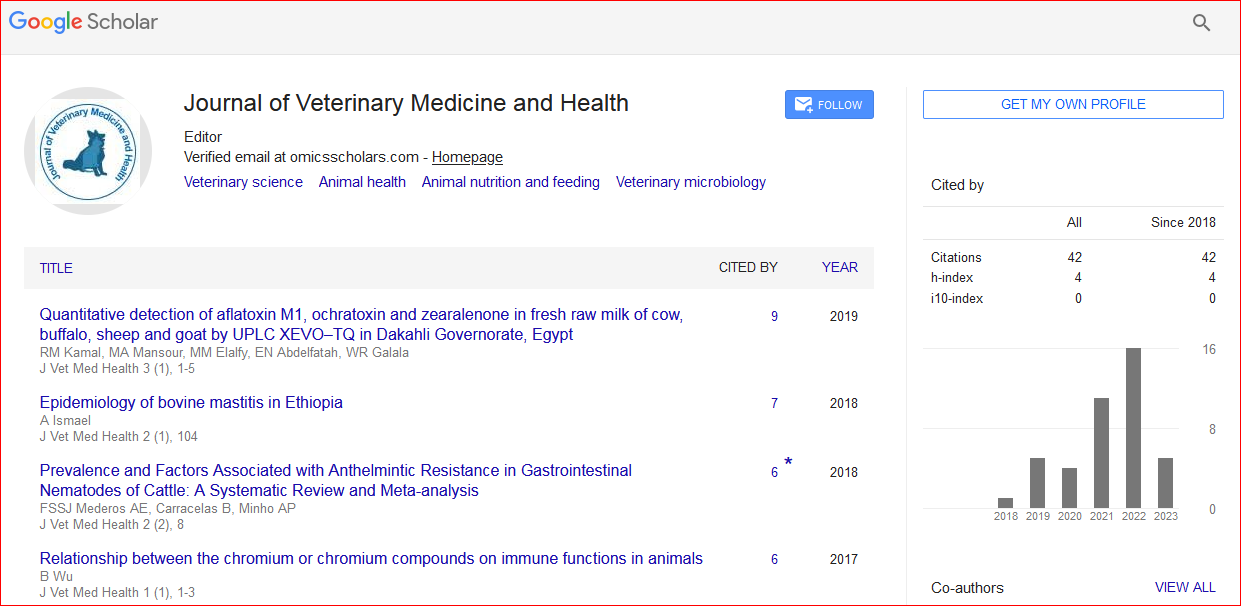Evaluation of end-to-end Jejunojejunal Anastomosis in the Horse
*Corresponding Author:
Copyright: © 2021 . This is an open-access article distributed under the terms of the Creative Commons Attribution License, which permits unrestricted use, distribution, and reproduction in any medium, provided the original author and source are credited.
Abstract
Several suture patterns have been used for the purpose of equine anastomoses, with the intention to minimise post-operative complications. These include leakage from the anastomosis site, stenosis and adhesions. As the majority of horses undergoing emergency colic surgery are in a compromised state, it is imperative these procedures are performed as quickly as possible to minimiseanaesthesia time and maximise success rates. To our knowledge there are no published descriptions of the hand-sewn end-to-end single layer simple continuous apposing pattern for equine jejunojejunostomy. The best long haul treatment of sullen heftiness is careful mediation. Numerous choices exist, however the most mainstream is the Roux-en-Y gastric detour (RYGB). The laparoscpic technique is related with a low complexity rate and a short emergency clinic remain. One test of the laparoscopic approach is the development of the jejunojejunostomy. Numerous procedures exist including hand-sewn and stapled choices. Issues at the jejunojejunostomy are hard to distinguish, explicitly a stenosis. We present here a rearranged stapled procedure that outcomes in a to a great extent patent anastomosis.

 Spanish
Spanish  Chinese
Chinese  Russian
Russian  German
German  French
French  Japanese
Japanese  Portuguese
Portuguese  Hindi
Hindi 